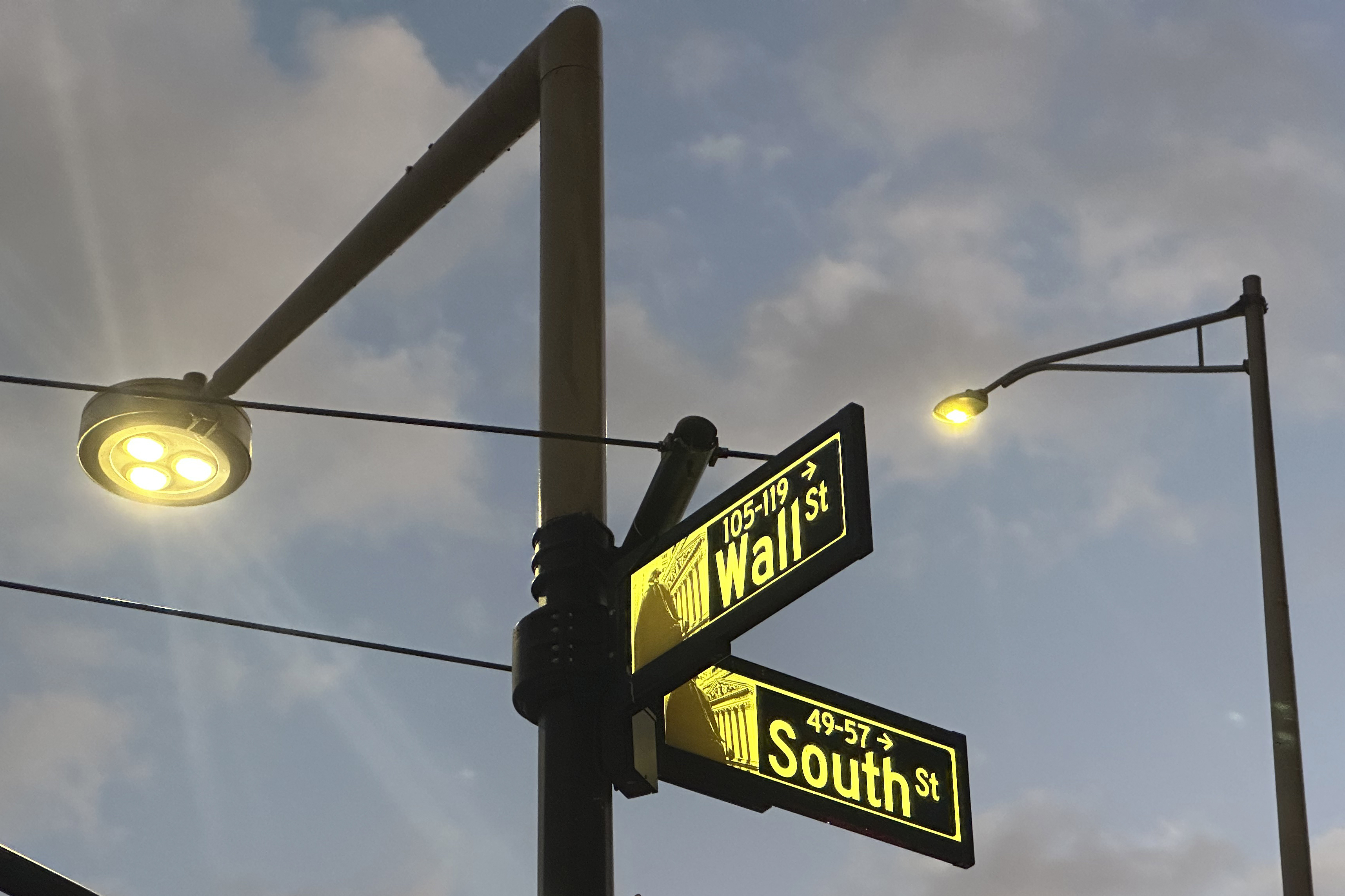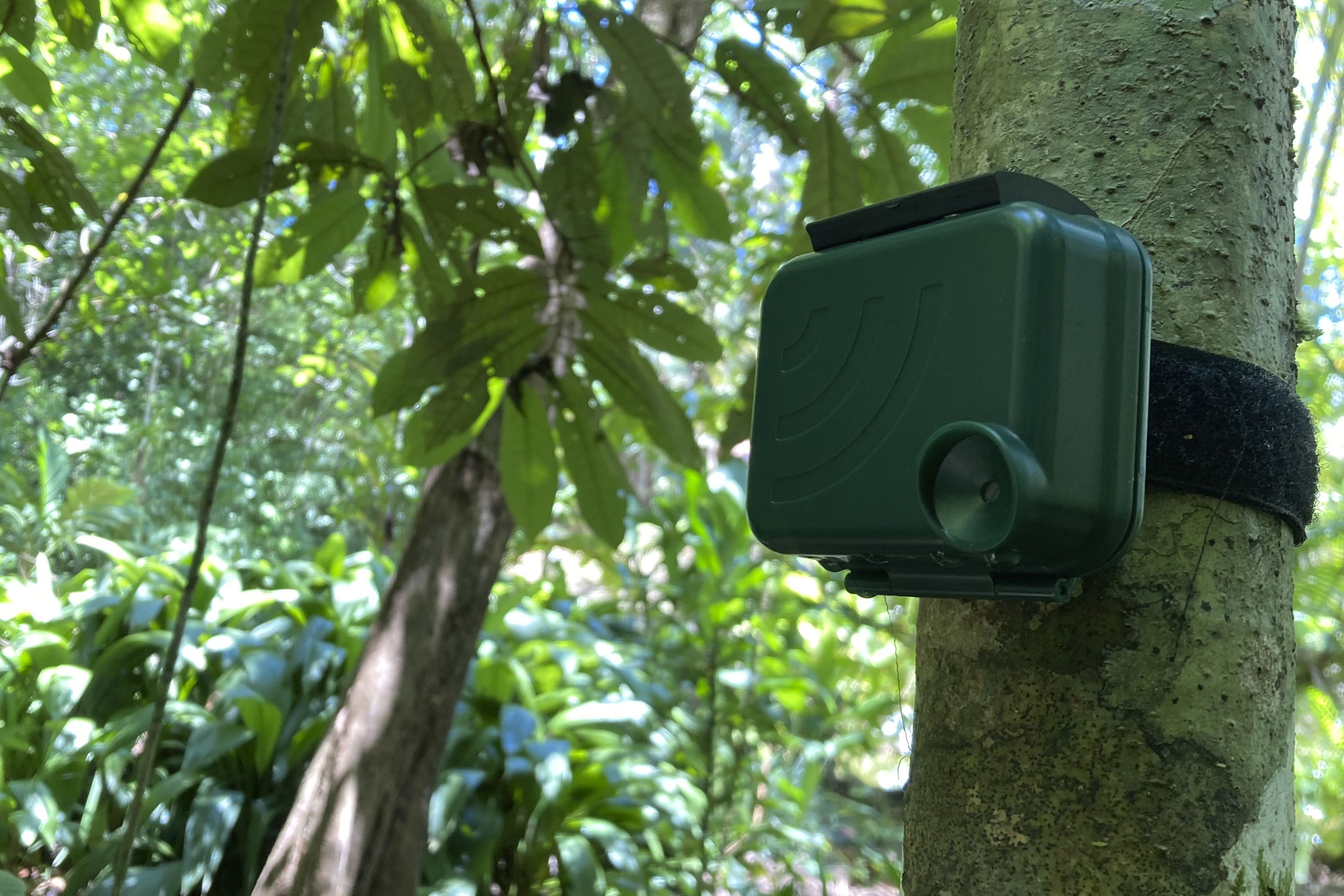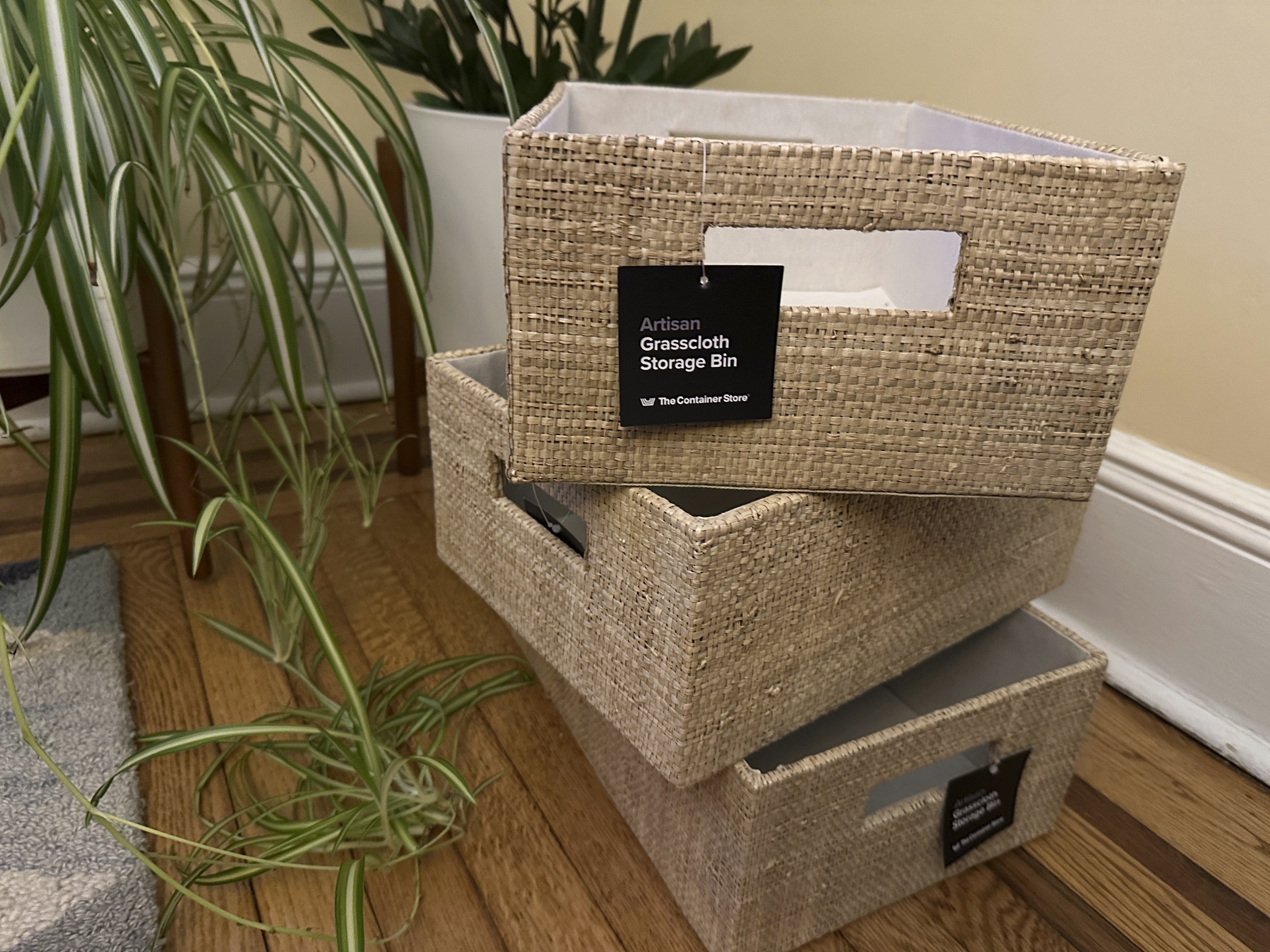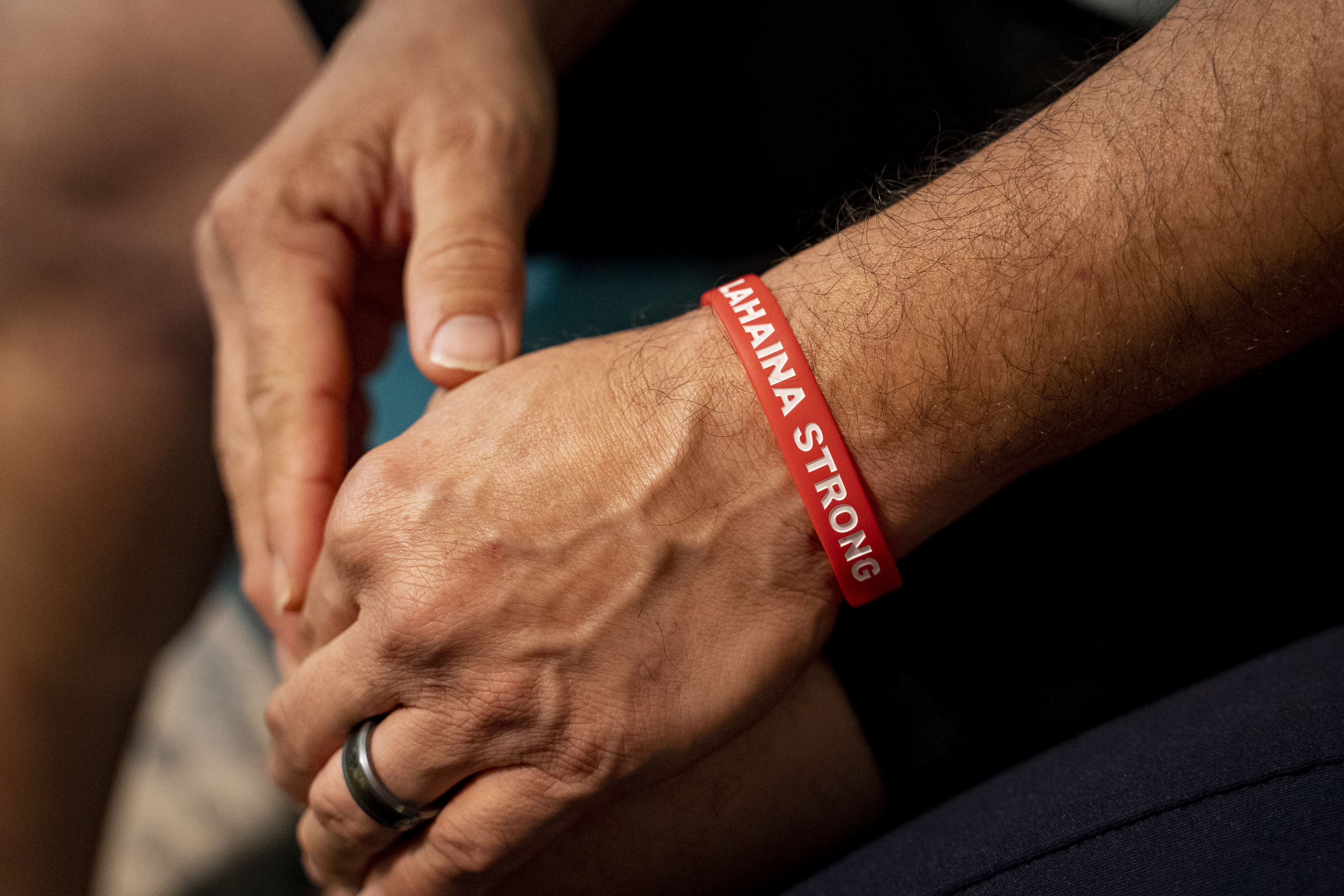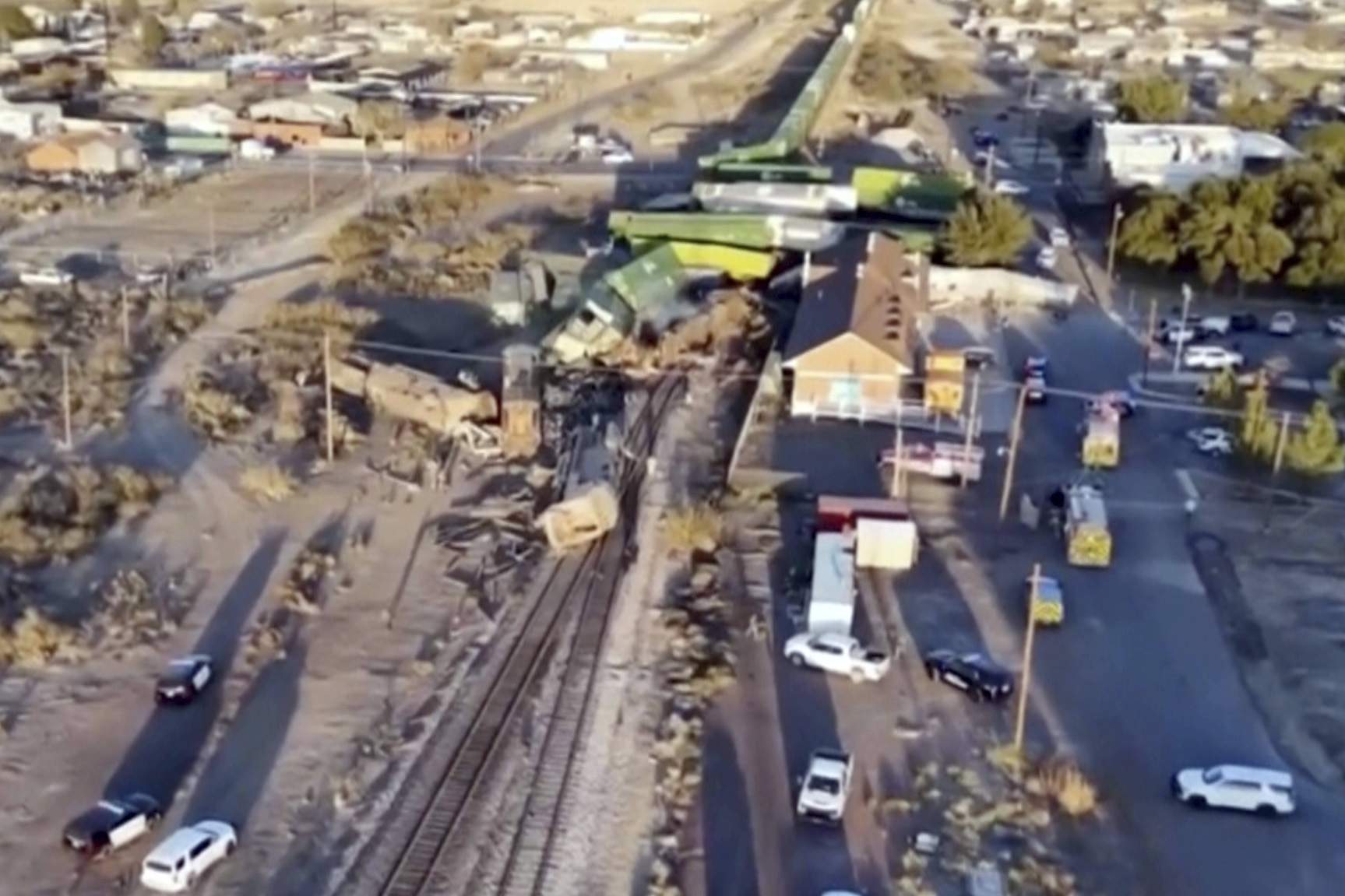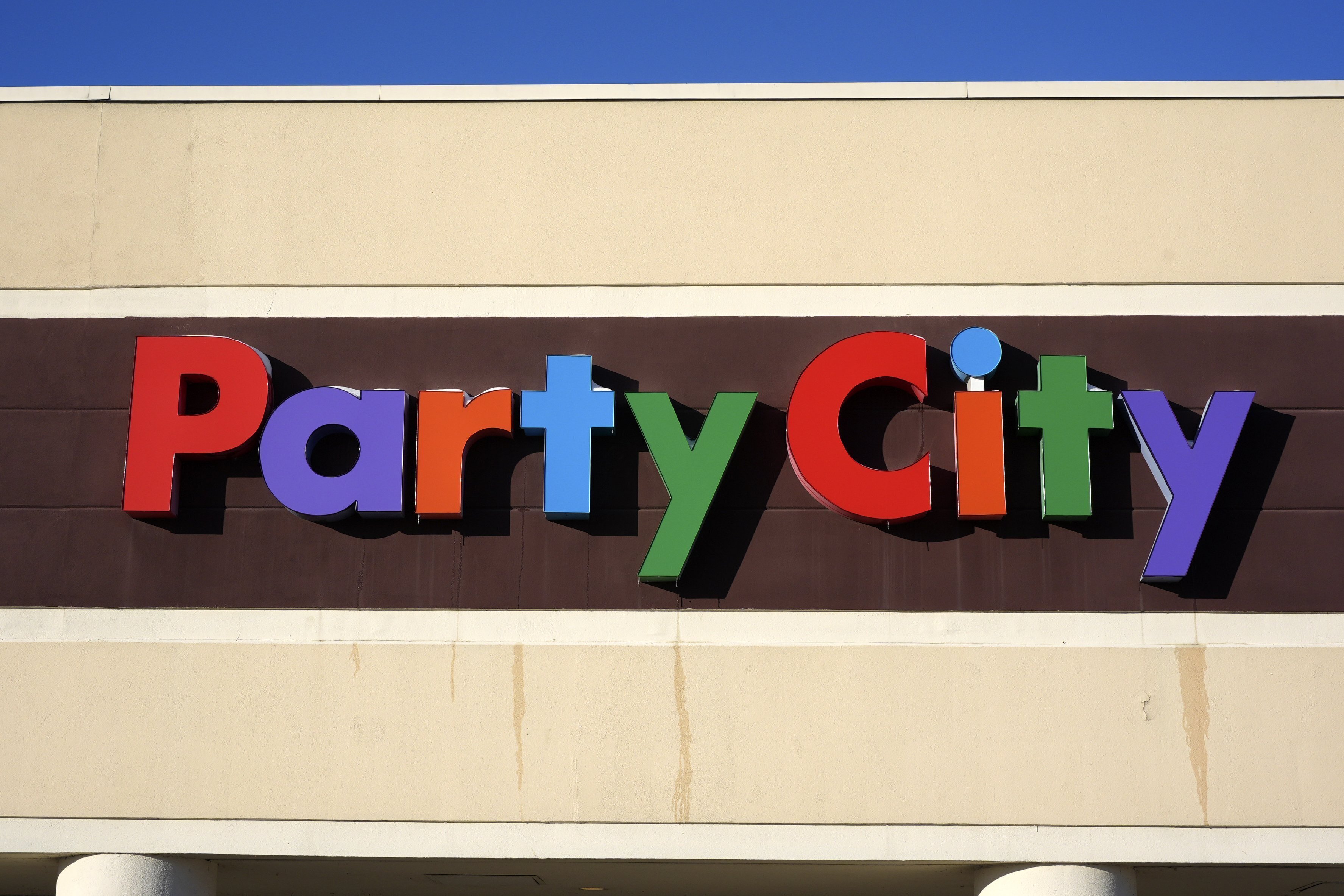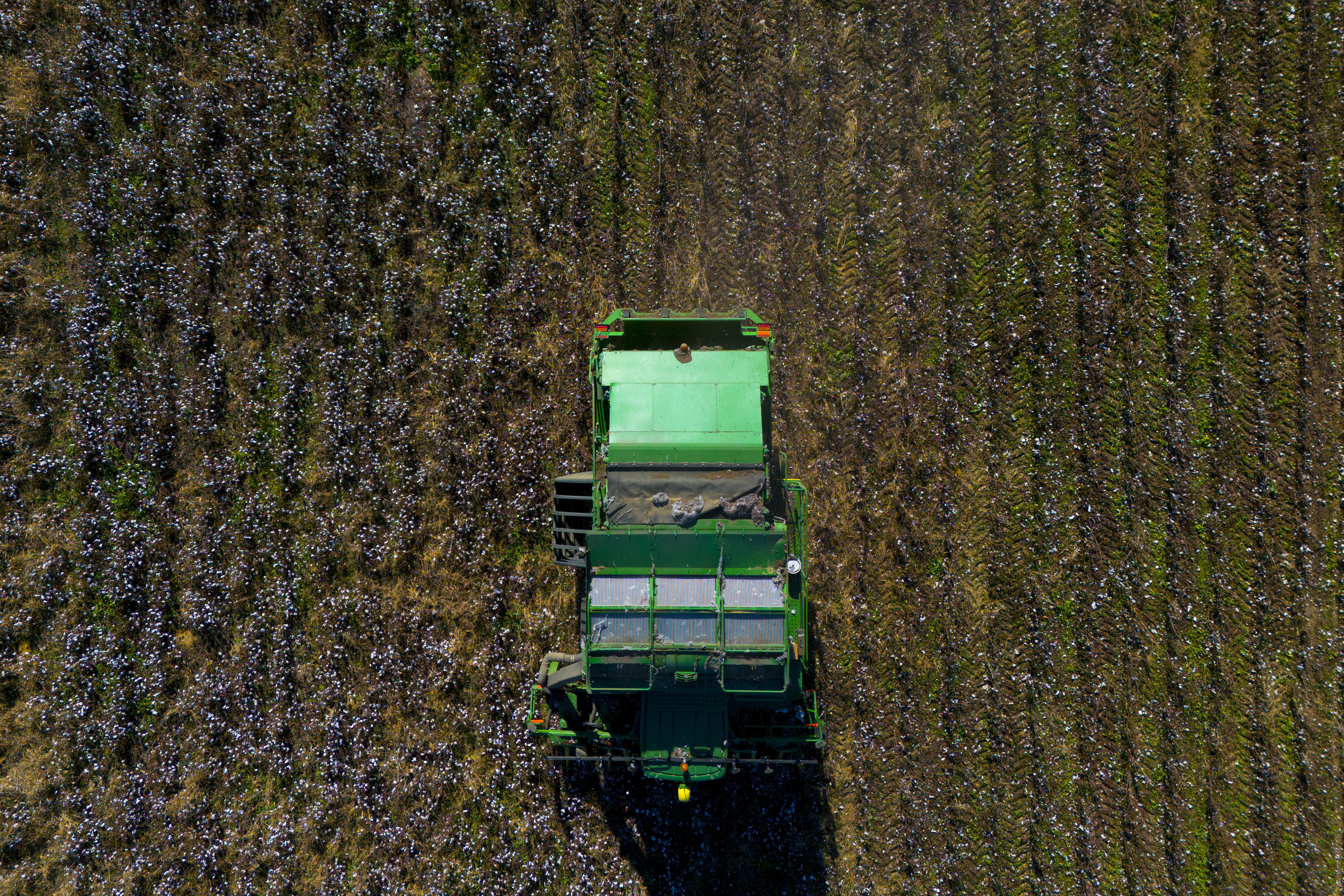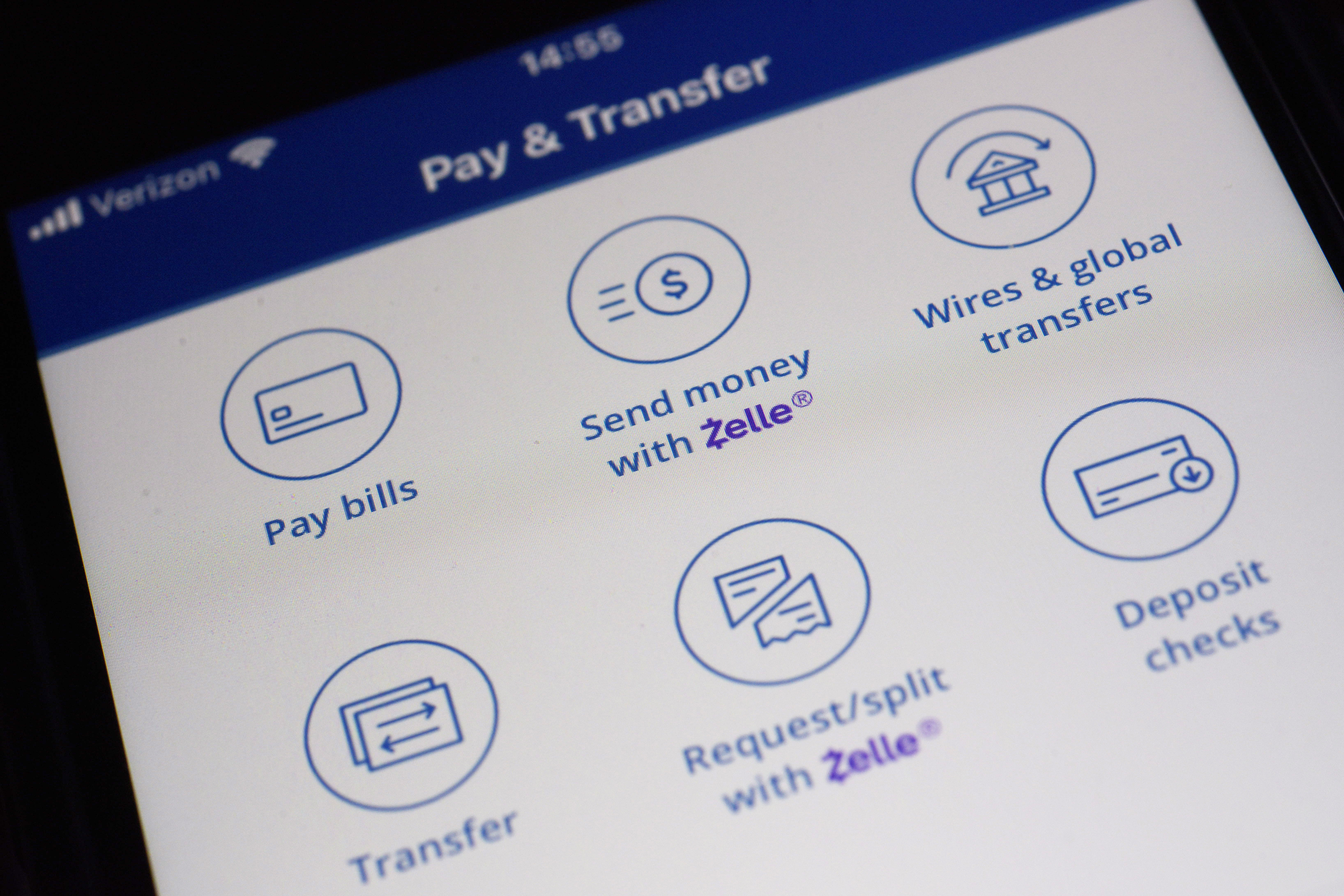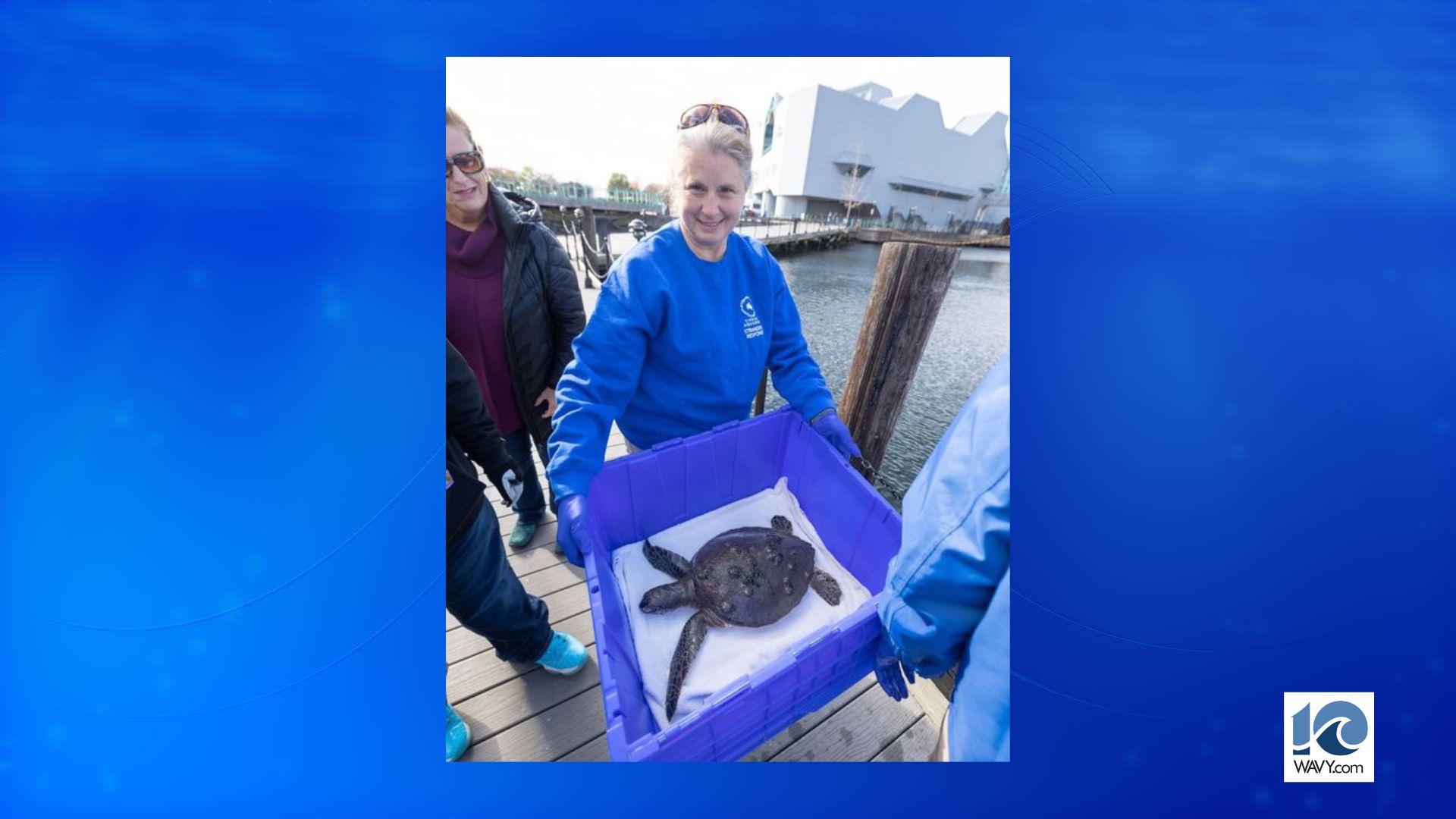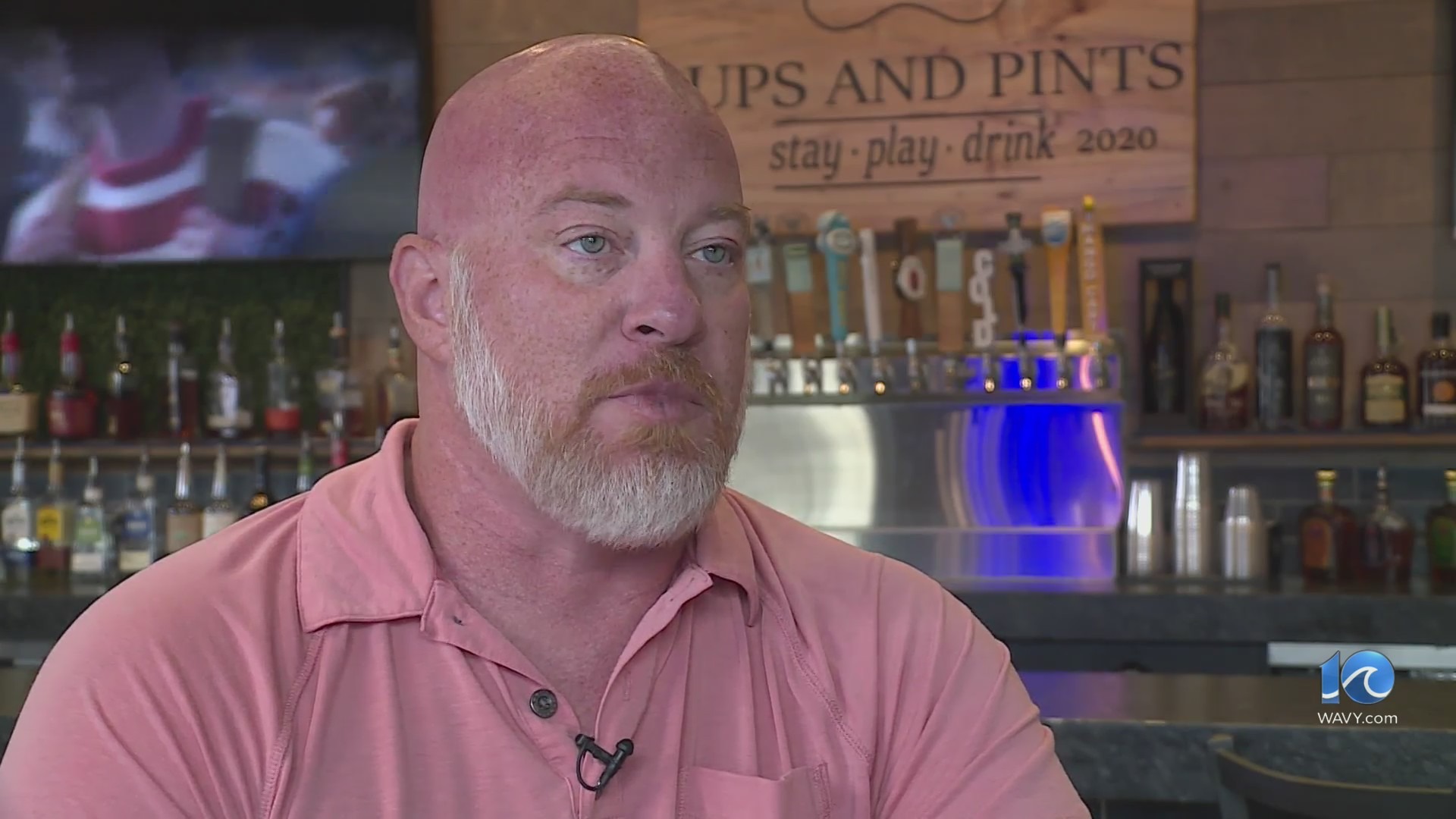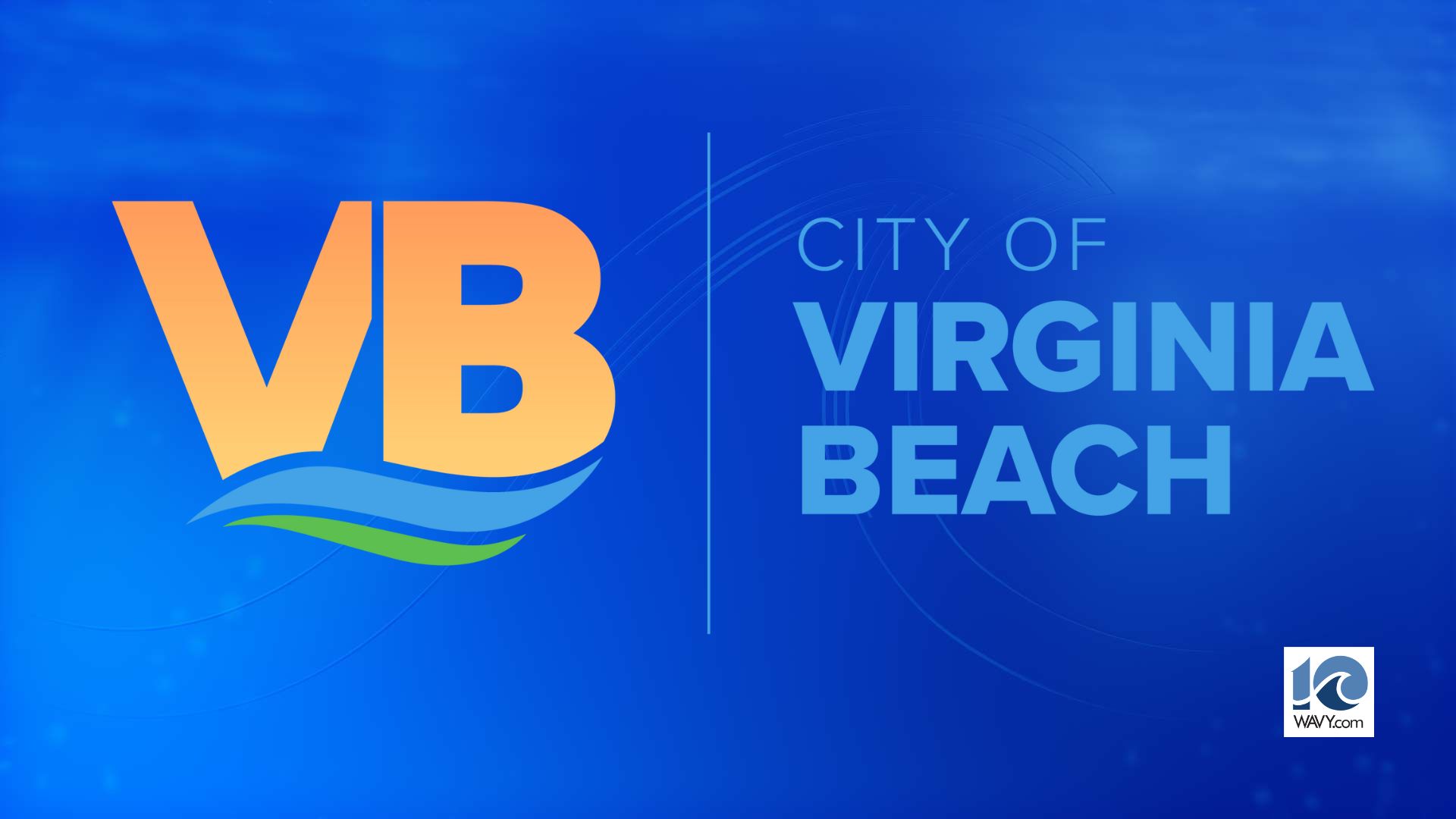VIRGINIA BEACH, Va. (WAVY) — In an effort to bring quicker relief to the southern part of the city, which has more frequently been crippled by wind driven floods, engineers are making plans to restore more than 200 acres of marshes in Back Bay.
The idea is that marsh habitats will serve as a speed-bump of sorts for water driven up the Albemarle Sound by sustained winds from the south.
Currently, that water spills into streets and neighborhoods and creates moats around many homes and turns roads into rivers.
Installing wetlands is only one of the alternatives studied by Dewberry Engineers recently as part of their report to Virginia Beach on potential solutions for the flooding problems surrounding Back Bay and the Southern Rivers Watershed.
Other alternatives studied focused on construction of either an artificial inlet, an inverted siphon — a system to drain water by gravity to another location — or a pump station. The main goal of those three options would be move remove water from Back Bay and discharge it to the Atlantic Ocean.
CJ Bodnar, an engineer with the city’s Stormwater Engineering Center, said the ideas came out of meetings with the community in the summer of 2019.
While Dewberry addressed southern wind tides in its larger report that details how the city could fight back against the foot and a half of sea level rise sea Virginia Beach could expect in the next 30 to 60 years, Bodnar said this study was about moving quickly.
“The idea was let’s see if there’s a way we can try to solve that in a shorter term than a longer term,” Bodnar said.
The report is recommending the city not spend any more time looking into building an inlet, with engineers finding it would be “unlikely to obtain permits” from necessary agencies.
Ideas to place either siphons or a pump station running through Little Island Park in Sandbridge were recommended for further study. However, like many other flooding infrastructure options, the costs run quite high.
In 2020, Bodnar noted that “green infrastructure” solutions to flooding have been viewed the most favorably by residents.
In this case, they could also be the cheapest.
“In the last 50 years, 2,000 acres of marsh has disappeared,” Bodnar said. “What we want to do is restore 200 to 260 acres that has been lost.”
Bodnar says the city has currently been awarded an approximately-$135,000 grant from the National Fish and Wildlife Foundation to plan for restoring marshland in an area previously known as Long Island in Back Bay. City taxpayers will chip in $154,000 for the study.
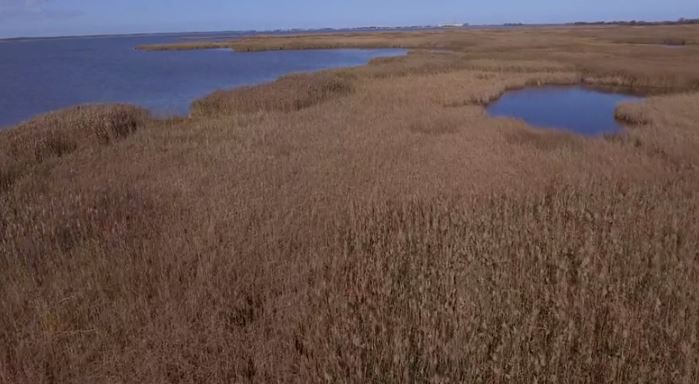
Simulations in the report show that marsh island restoration could reduce existing “wind tide flooding” elevations by up to 1.5 feet in some areas.
“On average, marsh restoration caused a 4-day delay in flooding. It is possible that if the southerly winds shifted directions before the fourth day of the event, flooding could be avoided altogether,” it says in the report.
Bodnar says the grasses will also bring back fish habitats and better soil to Back Bay as well.
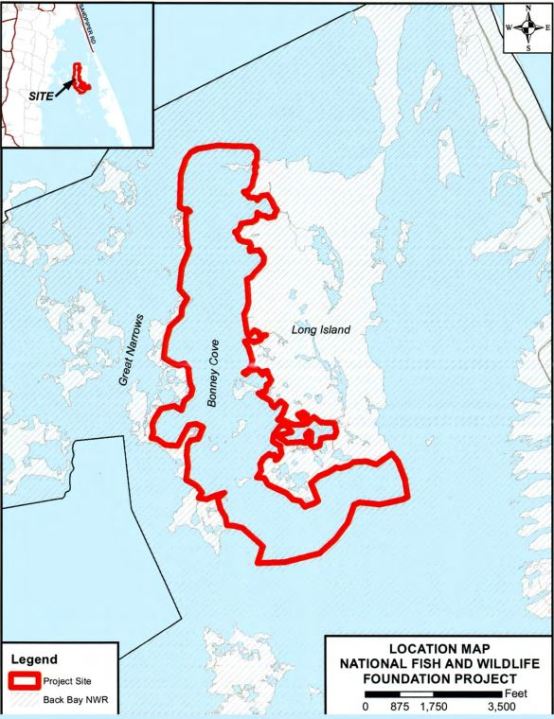
Dewberry projects that it could cost $60,000 to construct each acre of marsh.
Bodnar says planning for the first phase of the marsh project could be completed by next May, with construction completed within five years.
“It’s about time we have had some good news,” said Councilwoman Barbara Henley (Princess Anne District) who said she is thrilled with the report.
She said City Council is expected to review it at their retreat next week.

